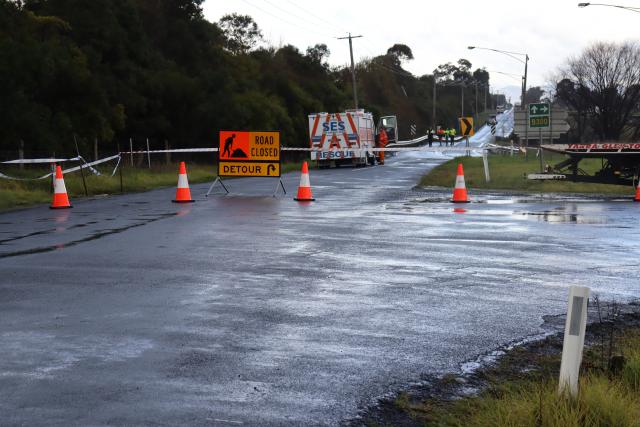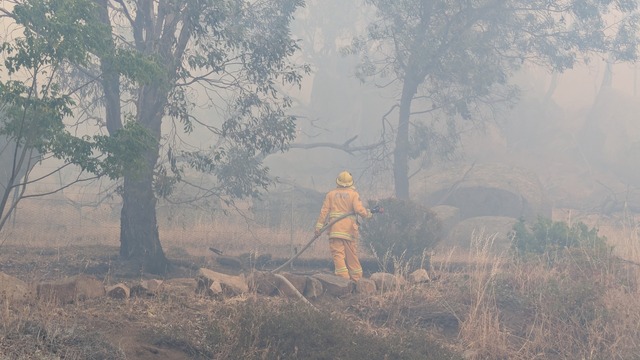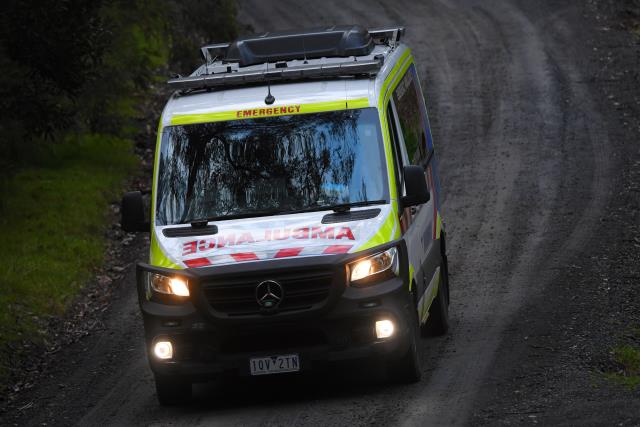A statewide survey by RACV on the safety of regional roads in Victoria has received a strong response from residents of the Yarra Ranges.
The Melba Highway from Coldstream to Yea was mentioned in more responses to RACV’s My Country Road survey than anywhere else and the Warburton Highway also featured among roads with many safety concerns.
The Northern Region, which includes the Yarra Ranges, had the highest response rate of all regions surveyed.
RACV Head of Policy James Williams said the data from the survey indicated that the condition of regional roads has become a major safety concern for Victorians.
“Six of the top roads identified in the 2021 survey appear again this year, including the Melba Highway, Bass Highway, Bacchus Marsh Road, Phillip Island Road, Warburton Highway, and the junction of the Midland Highway and Howard Street in Epsom.” Mr Williams said.
“Sixteen of the twenty-one most dangerous roads identified in the 2021 survey received upgrades and improvements by government; but more work needs to be undertaken to improve the safety of regional roads.”
The main concerns identified by the participants were potholes/road conditions (60 per cent), dangerous behaviours of other drivers e.g. speeding, erratic driving (32 per cent), narrow lanes/roads (29 per cent), intersection safety issues (26 per cent) and limited overtaking opportunities (24 per cent).
“While in 2021, dangerous driver behaviour was the biggest safety concern on regional roads, this year poor road conditions received more than double the number of responses as dangerous driver behaviour.” Mr Williams said
“The number of responses received is a strong indicator that Victorians are concerned about safety on regional roads and are calling for urgent improvement.”
The most popular solutions included improving road surfaces (60 per cent), creating wider shoulders at the edges of the road (23 per cent), wider lanes (15 per cent), adopting lower/more appropriate speed limits (14 per cent), clearing trees/vegetation/other obstructions (13 per cent) and intersection safety improvements (12 per cent).
56 per cent of those surveyed believe the speed limit on the top 12 most dangerous roads should be reduced, 61 per cent of participants identified locations where they believe the 90+ km/h speed limit should be 80/km/h or below and 78 per cent of responses identified a location to be dangerous or very dangerous.
The survey used an online interactive map that showed high-speed roads with large concentrations of crashes causing death or serious injury in regional Victoria.
The map highlighted roads with speed limits of 80km per hour or higher where there have been fatal or serious crashes for the five-year period between 2018 and 2023. Participants provided feedback by clicking on one of the highlighted roads and filling out a survey. Participants were also welcome to nominate another road in regional Victoria that they felt posed a risk to drivers.







